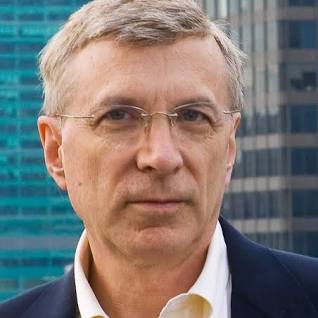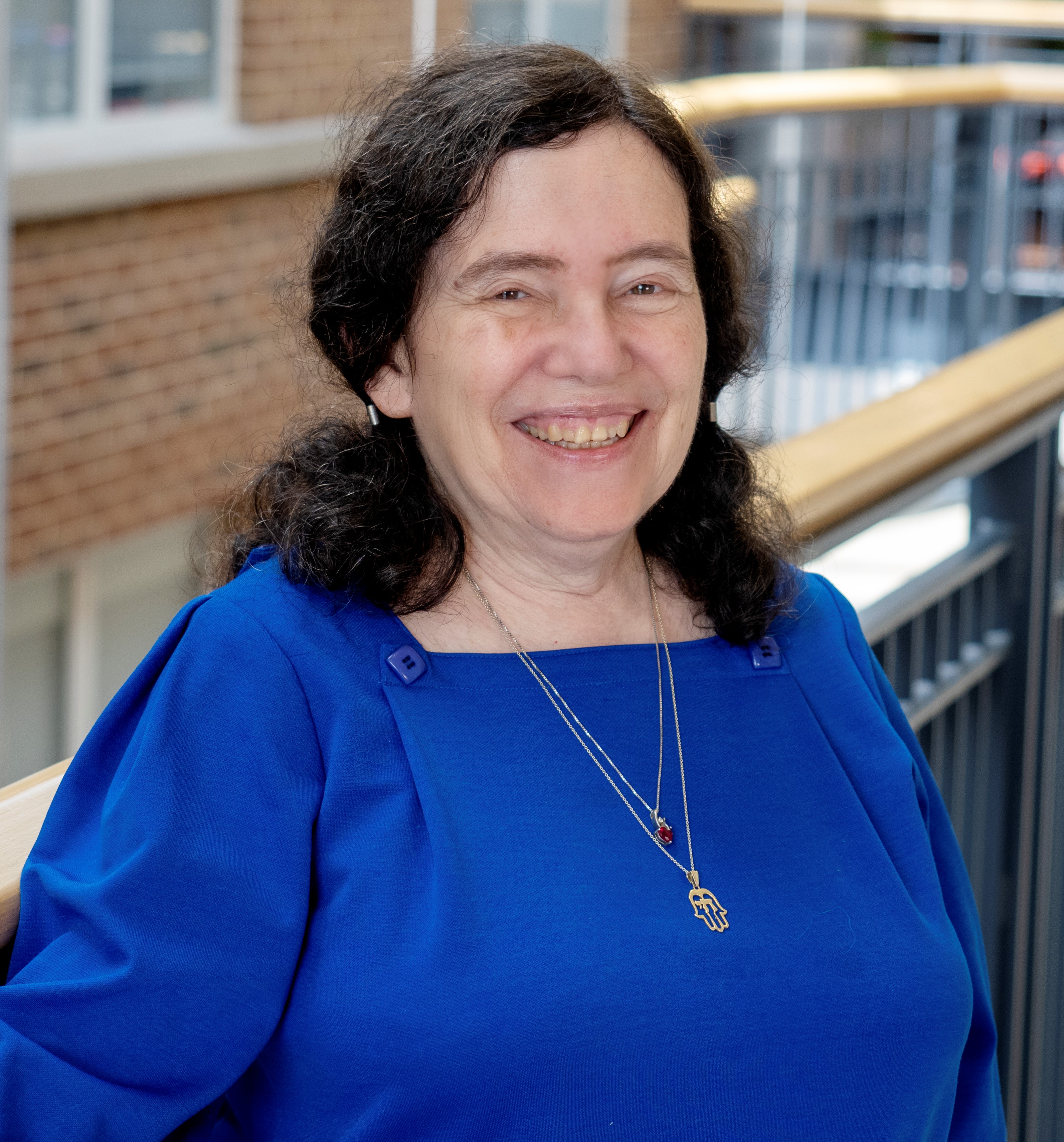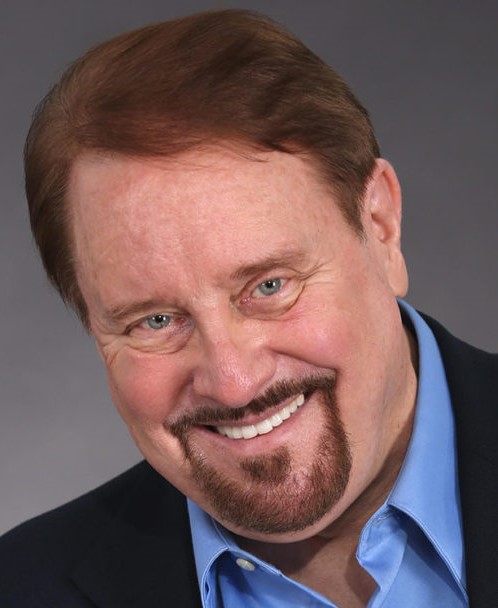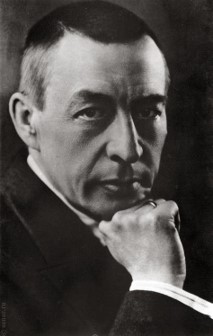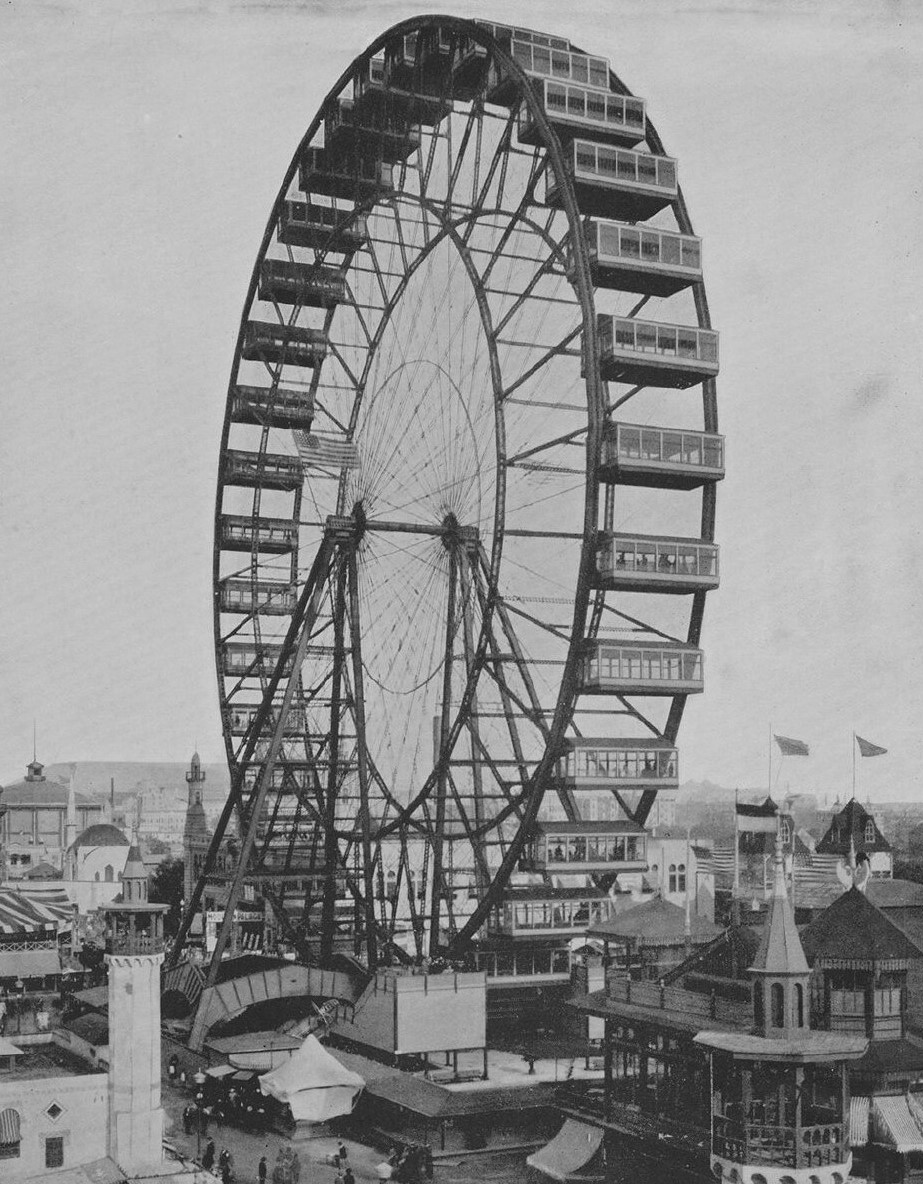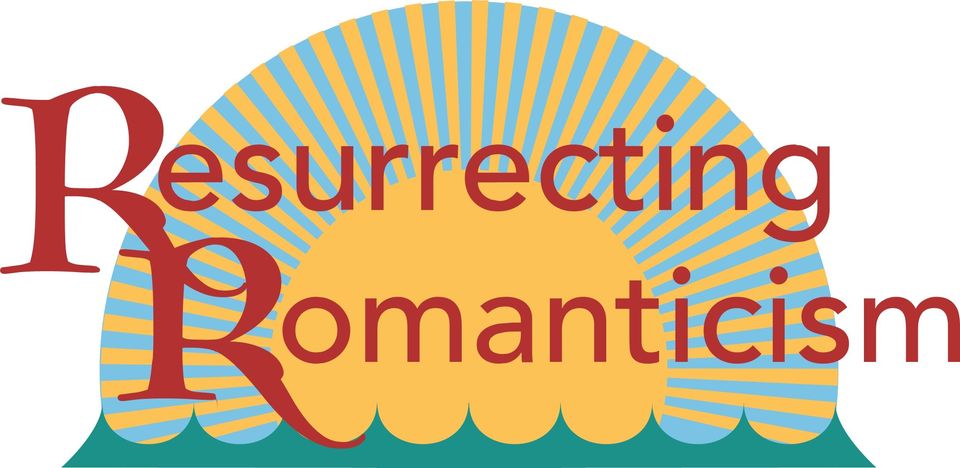

—Ayn Rand

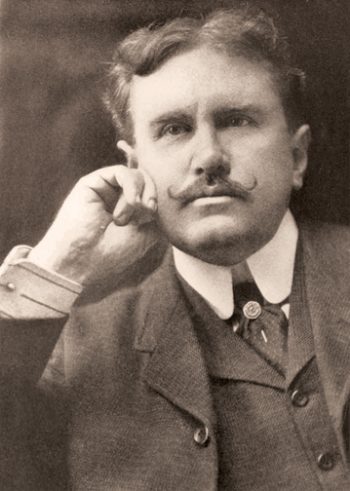
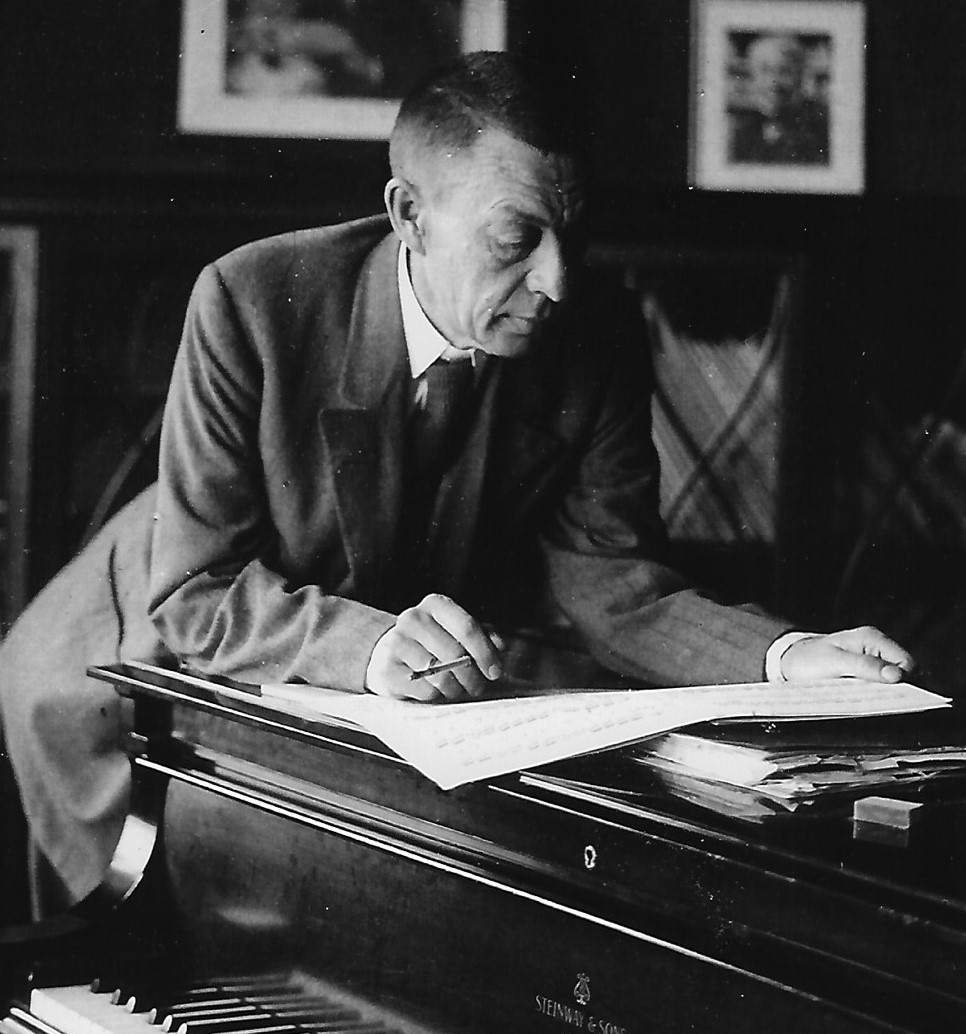
The pianist and composer Sergei Rachmaninoff (pictured at left) and the author William Sydney Porter, who wrote under the
pseudonym O. Henry (pictured at right), are two artists who famously brought Romantic ideals into the early twentieth century—courageously and defiantly countering the trends of their era. But a true Romantic Resurrection will not only demand artists committed to a resurgence of Romanticism,
but the acceptance of a rational philosophy which defines and defends Romantic ideals.
In October of 2023, we
were pleased to welcome eleven distinguished Objectivist philosophers, estheticians, artists, and musicians to the beautiful campus of Converse University in Spartanburg, South
Carolina, for a three-day conference devoted to discussions and intellectual analyses
of the visual arts and music. These were augmented by outstanding live performances of Romantic opera and instrumental works, and the results met with universal acclaim from those in attendance. We are now
pleased to share these outstanding events with a wider audience.
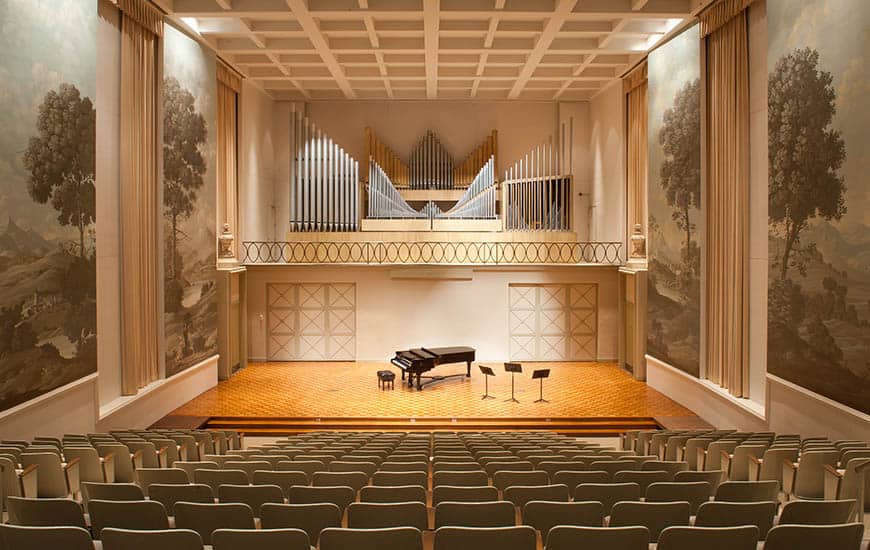
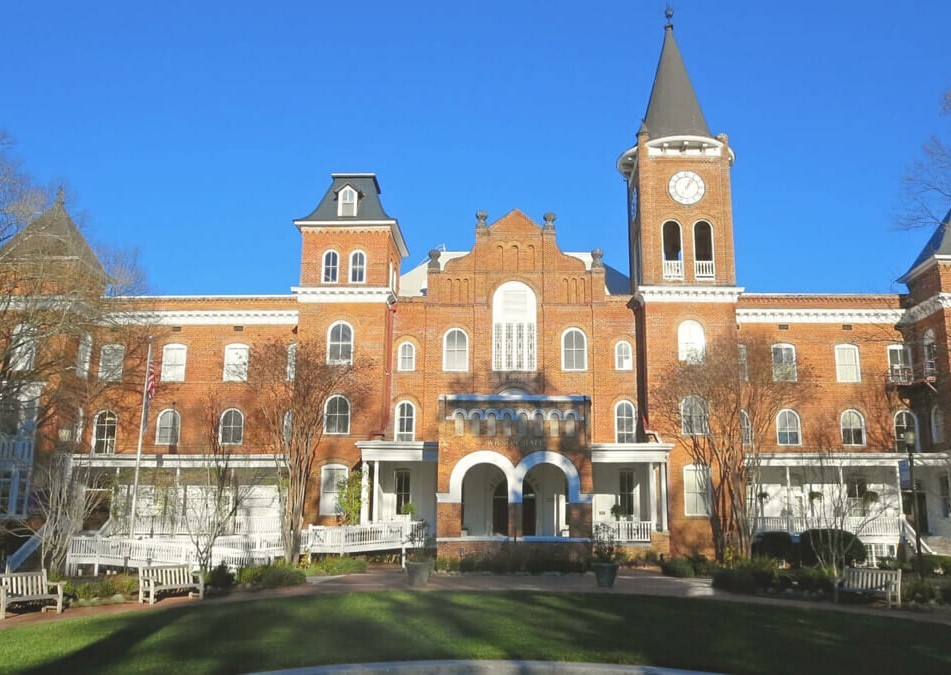 Most presentations occurred in the elegant and spacious Daniel Hall in Converse's Petrie School of Music (pictured at left), and if you're interested in seeing these presentations
in full, simply click on the "Membership" link at the top of this page. You may also
see our entire lineup of outstanding speakers and performers by clicking on the "Presenters" link, and the full Conference program is listed in detail at the "Presentations" link. Since a great many of our speakers and artists are also noted scholars and authors, feel free to visit our
Bookstore, where their books and other materials may be easily obtained, as well as our Photo Gallery, which captures many of our event's most memorable moments.
Most presentations occurred in the elegant and spacious Daniel Hall in Converse's Petrie School of Music (pictured at left), and if you're interested in seeing these presentations
in full, simply click on the "Membership" link at the top of this page. You may also
see our entire lineup of outstanding speakers and performers by clicking on the "Presenters" link, and the full Conference program is listed in detail at the "Presentations" link. Since a great many of our speakers and artists are also noted scholars and authors, feel free to visit our
Bookstore, where their books and other materials may be easily obtained, as well as our Photo Gallery, which captures many of our event's most memorable moments.


